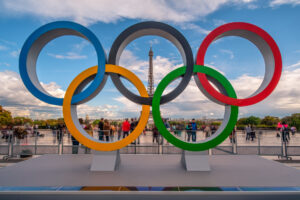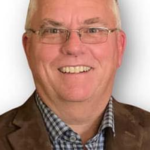Major League Baseball and the National Basketball Association have experimented with virtual reality technology over the last year. MLB’s VR Home Run Derby exhibit and the NBA’s broadcast of a live game are just dabbling in comparison to what could be coming, however. Virtual reality technology fits with the stated goals of professional sport entertainment corporations perfectly. Though there are some perceived challenges, confidence that they can be overcame is high.
Why VR makes sense for leagues like MLB
There are three potential benefits of virtual reality technology that the NBA and other professional sport entertainment corporations are hoping to take advantage of. The first benefit is what the NBA has already experimented with: selling virtual “seats” to live events/games. This would open up several new avenues for monetization.
International fans, whose only current options to attend live games in Canada/the United States of America include expensive flights and a passport, would be able to get a feel of being at the game without those auxiliary expenses. That would also allow the leagues to put their product right in front of international fans without the thousands of dollars in overhead costs associated with such events.
There is a contingent of sports fans domestic to Canada and the U.S.A. who choose not to attend live games for a myriad of reasons. Distaste for crowds, preference for the comforts of home, and the costs of concessions/parking are deterrents that ticket sales people constantly battle. For some of these fans, having the option to “attend” a game virtually would be appealing.
In theory, one physical seat in a team’s venue could be virtually sold as many times as the technology would allow. Alternatively, teams could charge a premium price for exclusive virtual access to a particular view.
The second potential benefit is that the technology markets itself well to younger generations of fans. To stay profitable at the level that these leagues currently are – along with grow their products – they have to capture the interest of youth on a perpetual basis. Nothing does that like the latest and greatest tech.
The third benefit of VR is how teams can use the technology in their on-court/field/ice operations. Several MLB teams have already invested in the technology to aid their hitters in batting practice. According to Mike DiGiovanna of the LA Times, the Dallas Cowboys and several college football teams have begun using VR technology in practice as well.
Despite all the potential benefits, there are still challenges to this technology that must be successfully navigated if the tech is to realize its full potential in pro sports.
Challenges to implementation
There is a fear that the leagues will become victims of the technology’s success. Fans who currently attend games might opt for the virtual experience instead. That would mean a hit on revenues from concessions and merchandise at the stadium, as well as another challenge for the already-mentioned ticket sales people.
Teams could charge a premium price for virtual access to offset those losses, but that might hurt the marketing of the VR ticket. It’s a paradox that will have to be solved in order for the sales of virtual tickets to become commonplace.
Another concern comes from contracts between the leagues/teams and their broadcasting partners. Television audiences could be the most significantly affected demographic by virtual access to games. Most of these contracts don’t prohibit teams from selling virtual tickets to games; in fact, the reality is that they don’t contain any language regarding virtual access at all. How these important relationships are negotiated in regards to VR will be interesting going forward.
The final challenge is with the technology itself, both hardware and software. The goggles are bulky and access to them is limited. Taking in a game in virtual reality is an isolating experience in that others aren’t seeing the same thing that one individual is at the same time. These are the smallest of concerns, however, as the inevitable progress of technology will make the experience accessible, consumer- friendly and social.
Despite the perceptions of difficulty with the implementation, league executives like MLB Commissioner Rob Manfred see the huge value in virtual reality.
“I think the next big step for us, as all sports, is going to be virtual reality,” Manfred said in an interview.
Considering what we have already seen and the kind of determination that Manfred spoke of, it’s only a matter of time until virtual reality becomes a part of experiencing professional sports for the average fan.
Main Photo:













